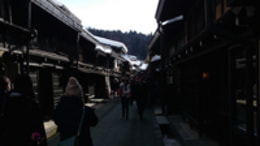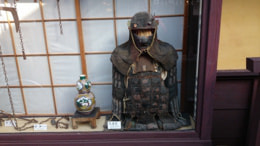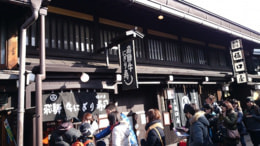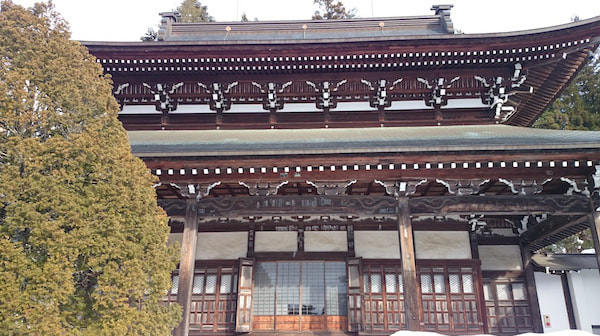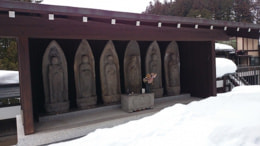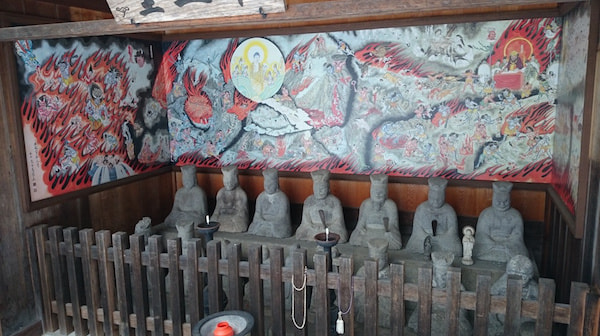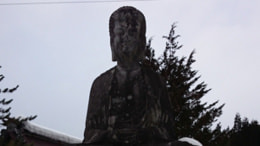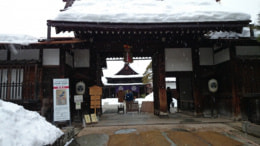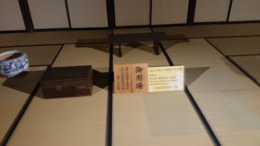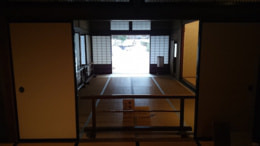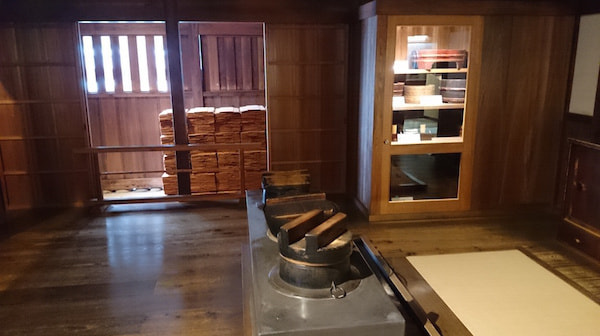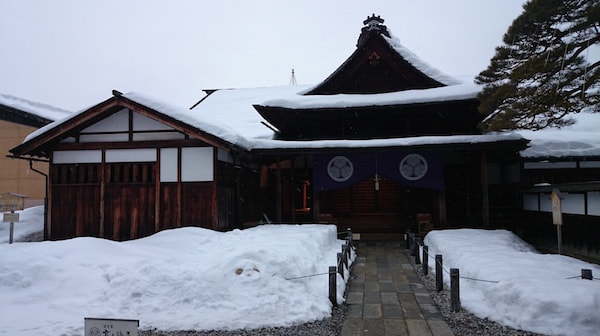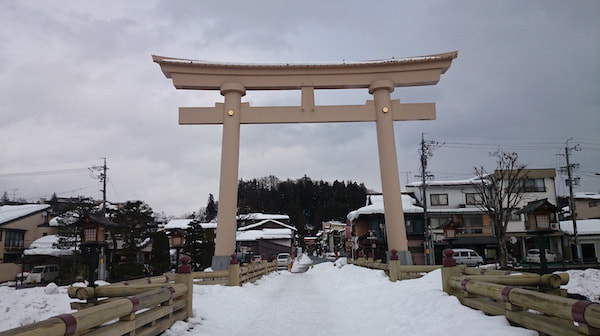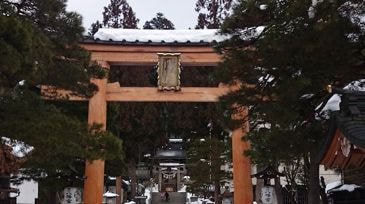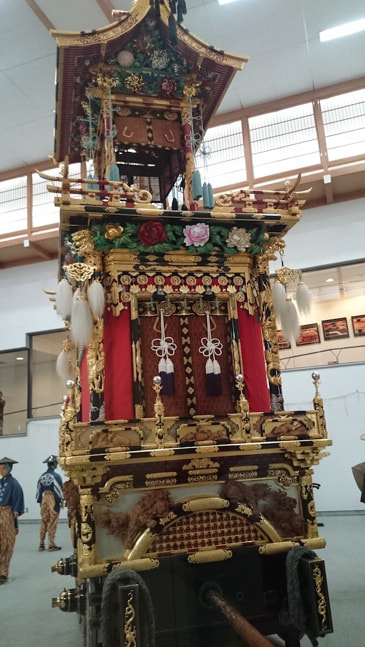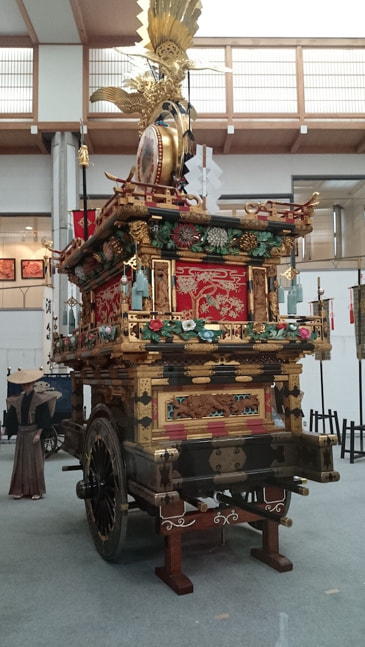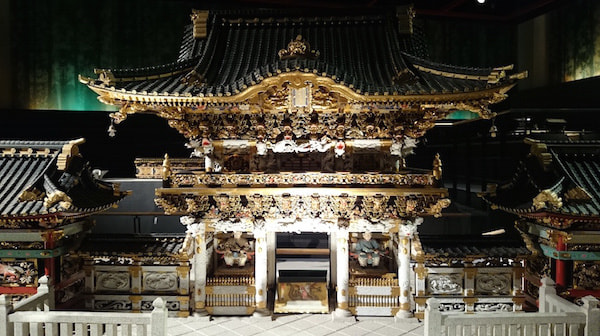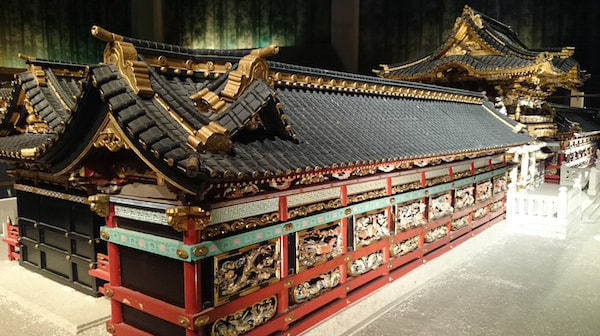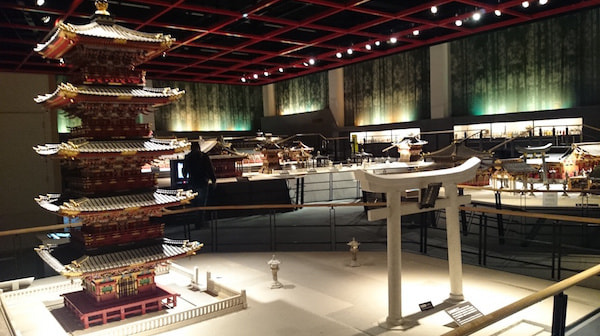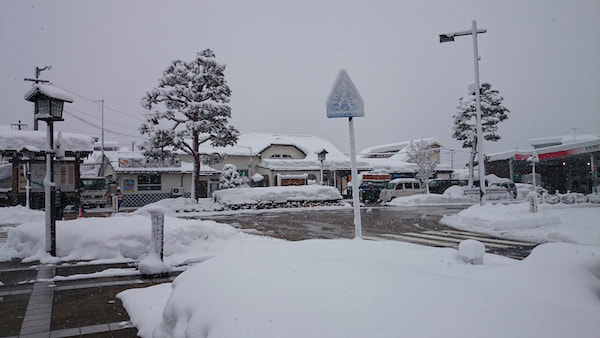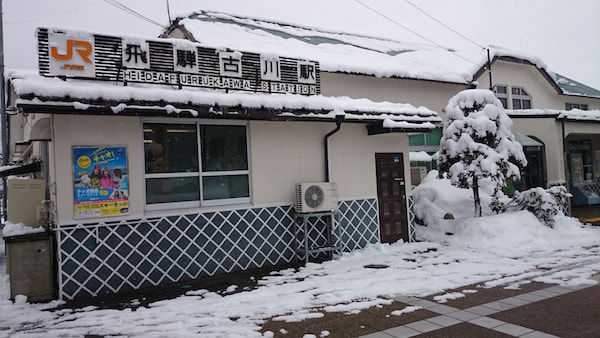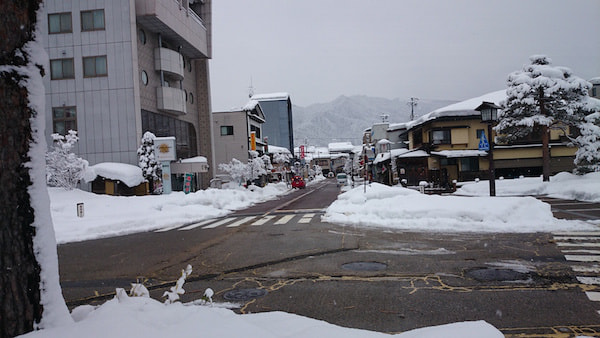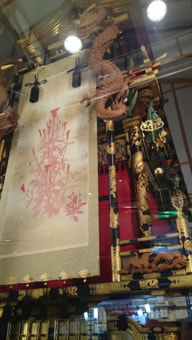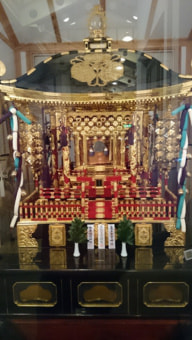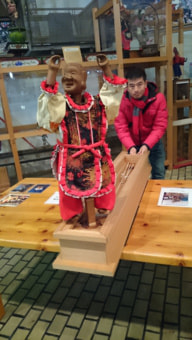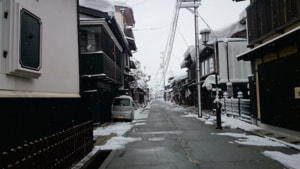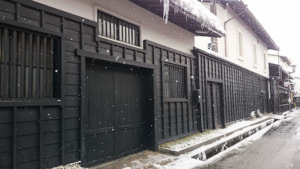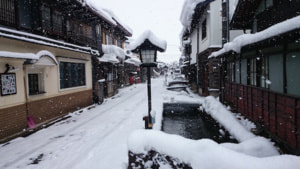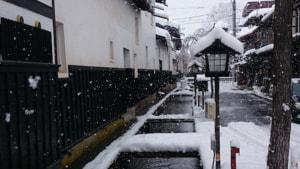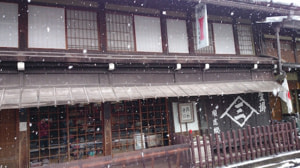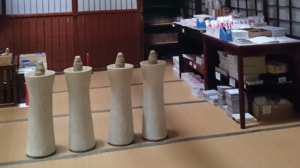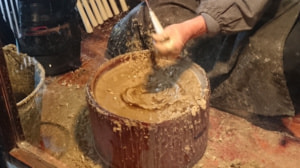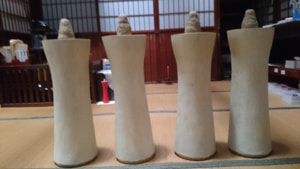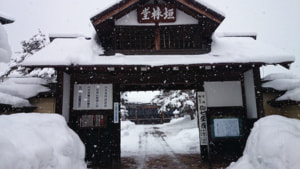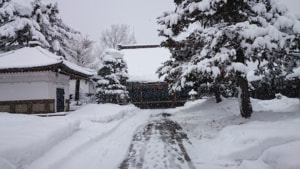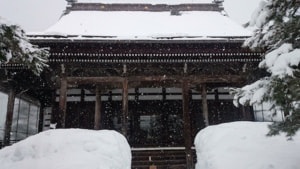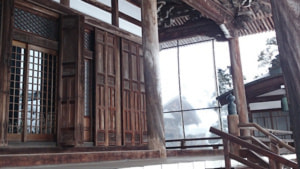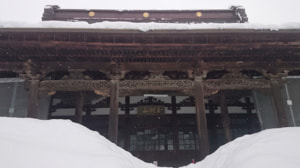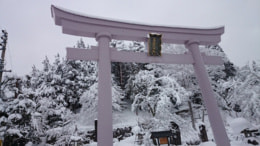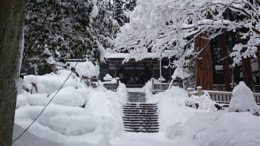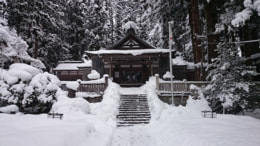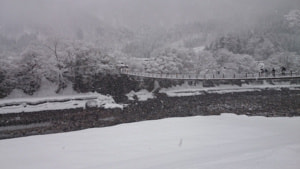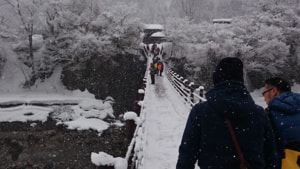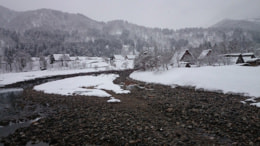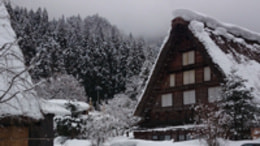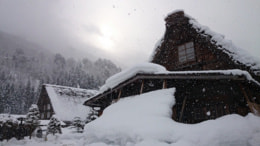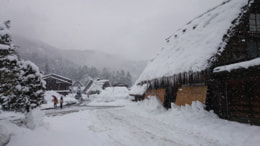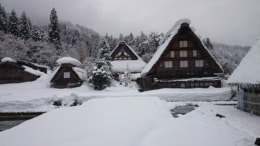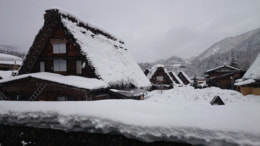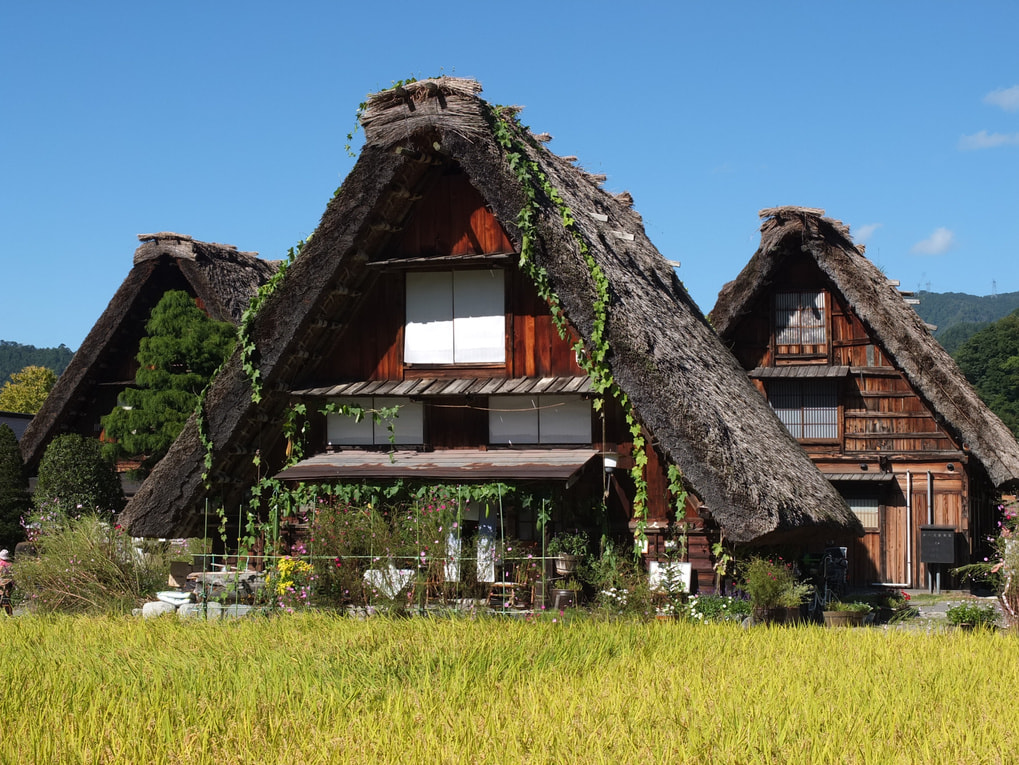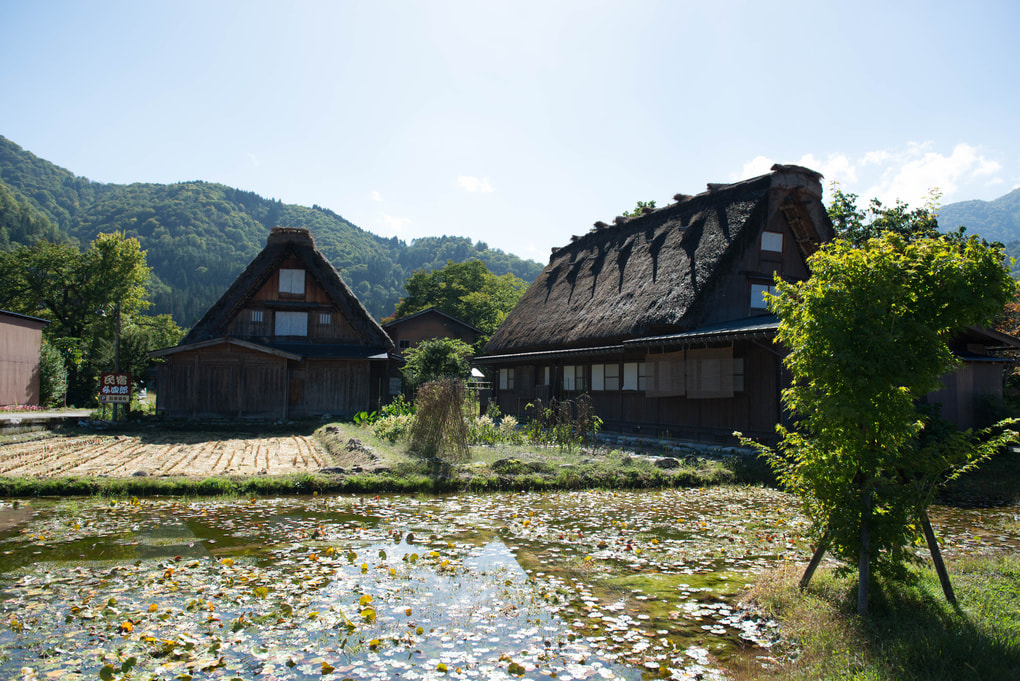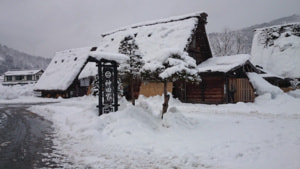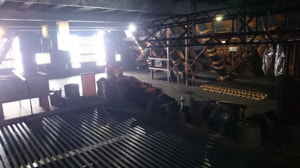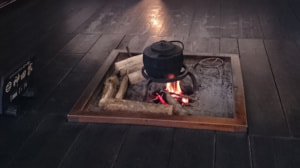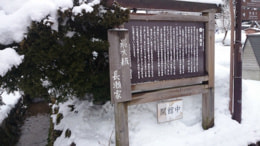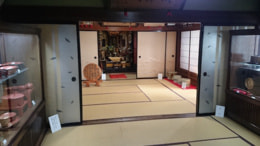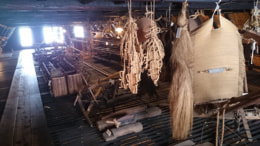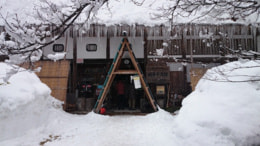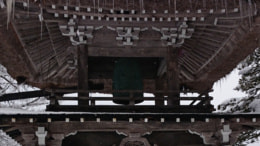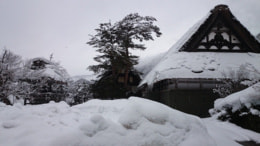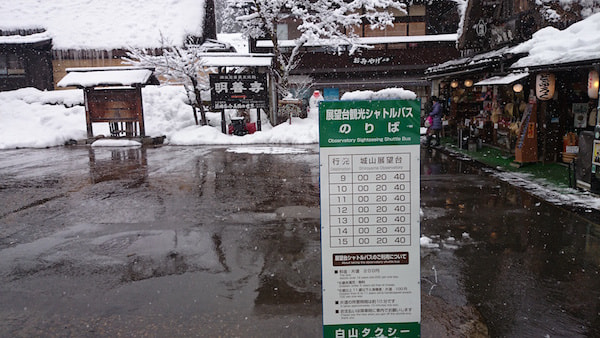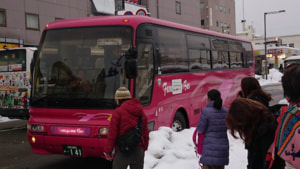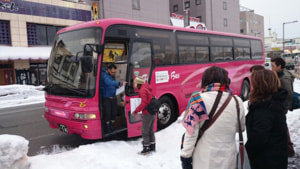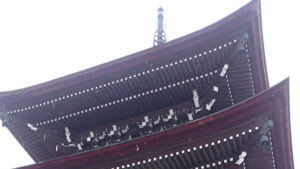Hida-Takayama & Shirakawa-go
Recommended sites when visiting Hida-Takayama & Shirakawago.
‐Takayama‐
JR Takayama Station

Takayama Station is the best starting point for enjoying sightseeing in Takayama.
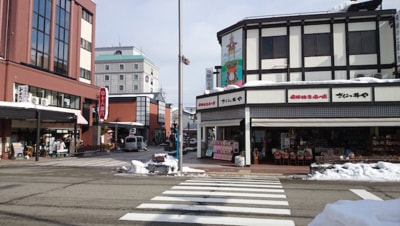
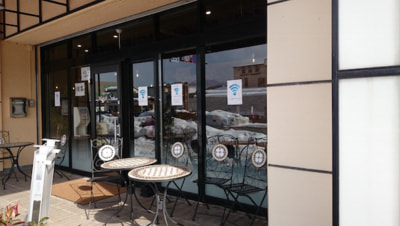
If you visit the area near the station first, you can enjoy shopping at the many gift and souvenir shops, enjoy lounging at coffee shops that offer free Wi-Fi service, and much more.
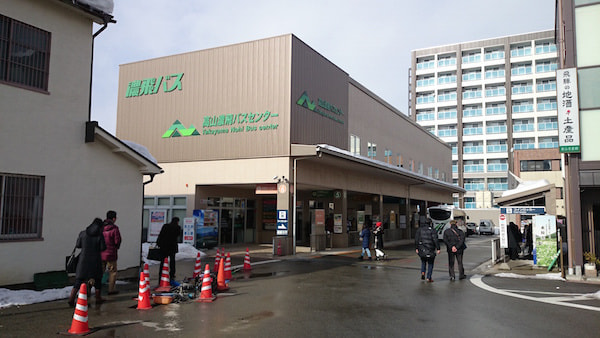
Especially useful for tourists is the Nohi Bus terminal left of the station exit. The Nohi Bus offers various routes to specific tourist attractions for easy sightseeing and enjoyment.
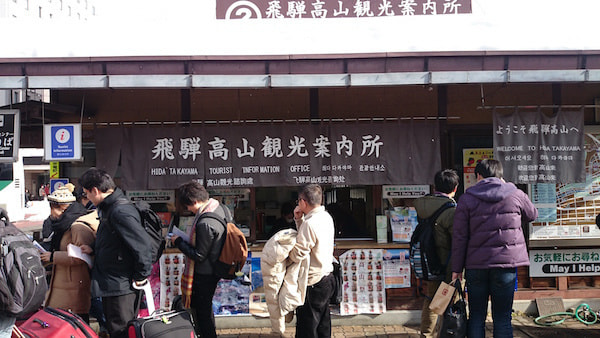
Hida-Takayama Tourist Information Office
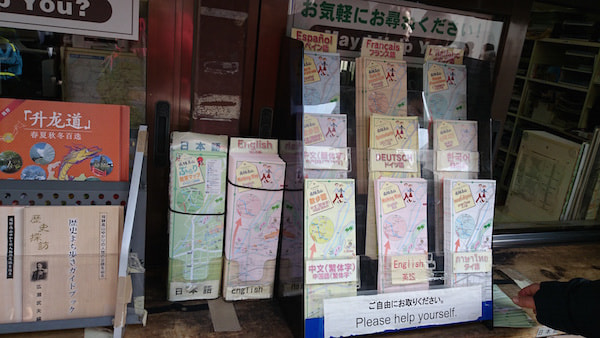
Once you exit from the station, you can easily walk over to the Hida-Takayama Tourist Information Office.
Once there, you can request information and receive support from the staff in Japanese or English.
They also offer free walking maps, that are available in a wide range of languages including Japanese, English, Chinese, Korea, Thai, French, Spanish, German, and Italian.
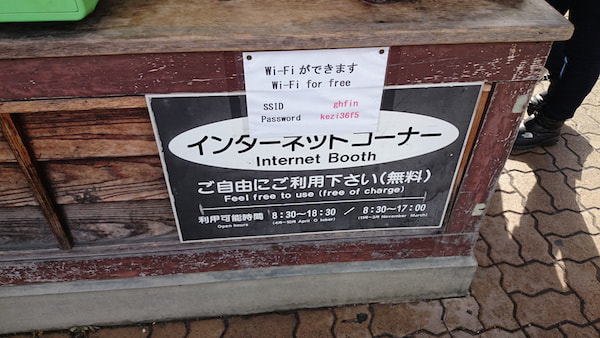
You can also take advantage of free Wi-Fi access at the Internet Booth, which is also offered to you by the tourist information office.
Hida-Takayama's Old Town
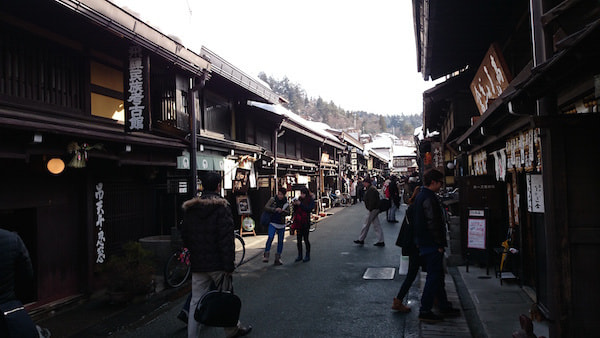
If you take a short 12-minute walk from Takayama Station, you will approached a charming old town that has preserved its streets, which are lined with old merchants’ houses.
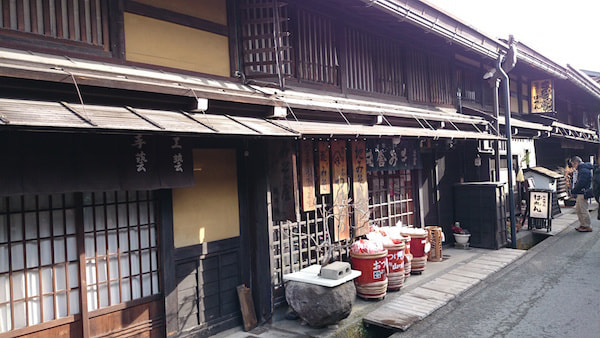
Here, the historical old town, which originated as a merchant town in the center of the castle town, was part of an urban development that formed Misuji and includes the districts of Shimocho and Kamicho.
If you make a quick stop in front of some of the shops, you will notice that they are selling grilled rice cakes, which are called goheimochi in Japanese, nigiri sushi, and many other tasty delights. These foodstuffs are quite popular among visitors to this area.
http://www.hida.jp/english/activities/sightseeing-information/old-private-houses
Higashiyama Walking Course
When you walk along Yasukawa Street, which extends perpendicular to the east of Miyagawa River, you will approach Higashiyama Teramachi, or the Higashiyama Temple Area.
It is here that Lord Kanamori Nagachika, who ruled over the Hida Province, started to have temples and shrines built on the nearby mountain foothills at the time he had the castle town built near Takayama Castle. There is a large assortment of both historical temples and shrines, which are cultural assets designated as Important Cultural Properties of both the prefecture and city governments.
http://www.hida.jp/english/activities/sightseeing-information/higashiyama-temple-area-higashiyama-walking-course
In former times, Takayama Jinya was the residence of the castle lord of the Kanamori clan. After Kanamori moved to Kaminoyama in what is now known as Yamagata Prefecture, he became a public officer of the Tokugawa Shogunate, and thus the political significance of Hida was born. Of the more than 60 local governor's jinya offices that the Tokugawa Shogunate has positioned all across the country, the Takayama Jinya is the only remaining.
The Takayama Jinya was designated as a national historic site in 1929.
http://www.hida.jp/english/activities/sightseeing-information/old-government-outpost
Sakurayama Hachimangu Shrine, which is located on the north side of central Takayama, is a famous shrine that is also well-known as the staging area of the autumn Takayama Festival, which consists of the spring festival and the autumn festival. The Takayama Yatai Kaikan, which is a kind of exhibition hall, is also on the shrine grounds. Visitors can enjoy four of the eleven floats used in the autumn festival in their full glory while on display in the exhibition hall. You can also see the other floats when they are changed, which occurs three times a year.
http://www.hidahachimangu.jp/english/index.html
In addition, there is a museum on the shrine grounds that has a one-tenth scale replica of the Nikko-Toshogu Shrine, which is actually in Tochigi Prefecture.
‐Hida-Furukawa‐
JR Hida-Furukawa Station
Hida Furukawa Festival Hall

The Furukawa Festival or “Furukawa Matsuri” is held every year on April 19th and 20th. Here at the Hida Furukawa Festival Hall, you can get a close-up view the the three actual floats that are used in the festival. The hall also includes large screen for presenting a an impressive 3D movie of the festival itself. In addition to the theater, there is a section of the hall where you can enjoy a hands-on experience of manipulating mechanical karakuri doll-like puppets. The Furukawa Matsuri offers visitors the chance to enjoy a variety of exciting experiences!
http://www.japan-guide.com/e/e5978.html
From Ichinomachi-dori Street to the Town of White-Walled Storehouses
Hida-Furukawa, which is known as another classic old town, is still a vibrant town in Hida that retains is historical significance and charm.
http://travel.kankou-gifu.jp/en/see-and-do/5/
Enkoji Temple, Shinshuji Temple, & Honkoji Temple
There are some historical ancient temples in the town of Furukawa. Every year on January 15th, an event called Santera Mairi, or the Three-Temple Pilgrimage, is held at the Enkoji, Shinshuji, and Honkoji Temples. Many young women wearing beautiful kimono make the pilgrimage to to pay their respects.
http://travel.kankou-gifu.jp/en/see-and-do/57/
Enkoji Temple
Shinshuji Temple
Honkoji Temple
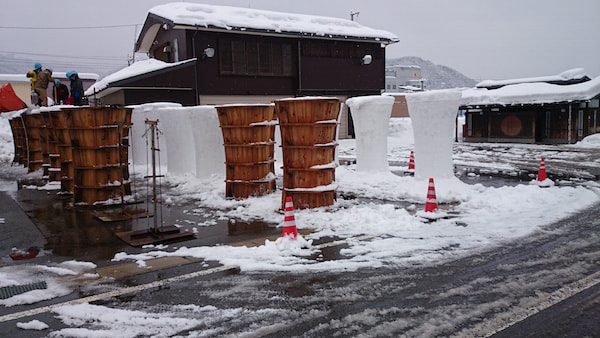
Gigantic candles made of snow on display during the Three-Temple Pilgrimage.
Keta Wakamiya Shrine
Keta Wakamiya Shrine is only a 15-minute walk from Hida-Furukawa Station, and is said to have been constructed during the Heian period (between 794 and 1185). The Furukawa festival is also known as the Kenka Matsuri or “Fighting Festival,” which is a festival of the Keta Wakamiya Shrine.
http://travel.kankou-gifu.jp/en/see-and-do/33/
‐Shirakawa-go‐
Shirakawa-go is the designation of the Gifu Prefecture Shogawa river basin.
The Hagimachi district of Shirakawa-go is known as a village that has been built in the Gassho-style of architecture, is a village that has resulted in a distinctive landscape. Furthermore, the village was designated a UNESCO World Heritage Site in 1995.
The most convenient way to reach Shirakawa-go is to take the bus from Takayama Station. The bus ride takes approximately 50 minutes one way.
The De-aibashi Bridge crossing the Shogawa River serves as the entranceway to the village.
Gassho-style village
The Kanda House was built over a period of 10 years during the Edo(between 1603 and 1868) perio d.
The five-story Nagase House is the tallest of the gassho-style houses in Shirakawa-go.
Myozen-ji Temple has been designated as a Prefectural Important Cultural Property.
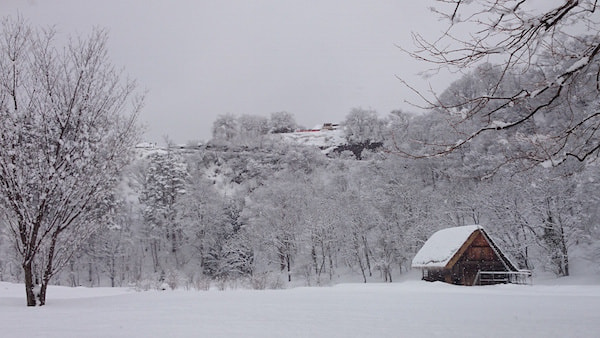
There is an observatory on the mountain. A shuttle bus provides services to and from the village.
There is also an optional bus tour from Takayama to Shirakawa-go.
‐iSite Takayama Tour‐
iSite Takayama is a company that operates round-trip bus tours from Takayama to Shirakawa-go.
Tour Desk is about a 5-minute walk from JR Takayama Station, which is located near Hidakokubun-ji Temple.
Half-day tours are conducted almost every day in the morning and in the afternoon. Better yet, these tours can also be booked on the Internet.
Announcements that are made on the tour bus are primarily made in both Japanese and English. Many tourists of various nationalities take advantage of the bilingual support.
The tour guide asks each and every passenger if there is anything that they don't understand or if there is more information that they would like during the bus tour. The service on the bus is very polite and helpful.
http://www.isitetakayama.com/index.html
The tour bus departs from and returns to JR Takayama Station.
The Yamamoto staff consistently conduct their duties with a positive attitude and bright smile.
The iSite Takayama tour desk, which is right next to Hidakokubun-ji Temple.
http://www.isitetakayama.com/pg65.html
Near the iSite Takayama tour desk there is a three-story pagoda and the Hidakokubun-ji Temple.


